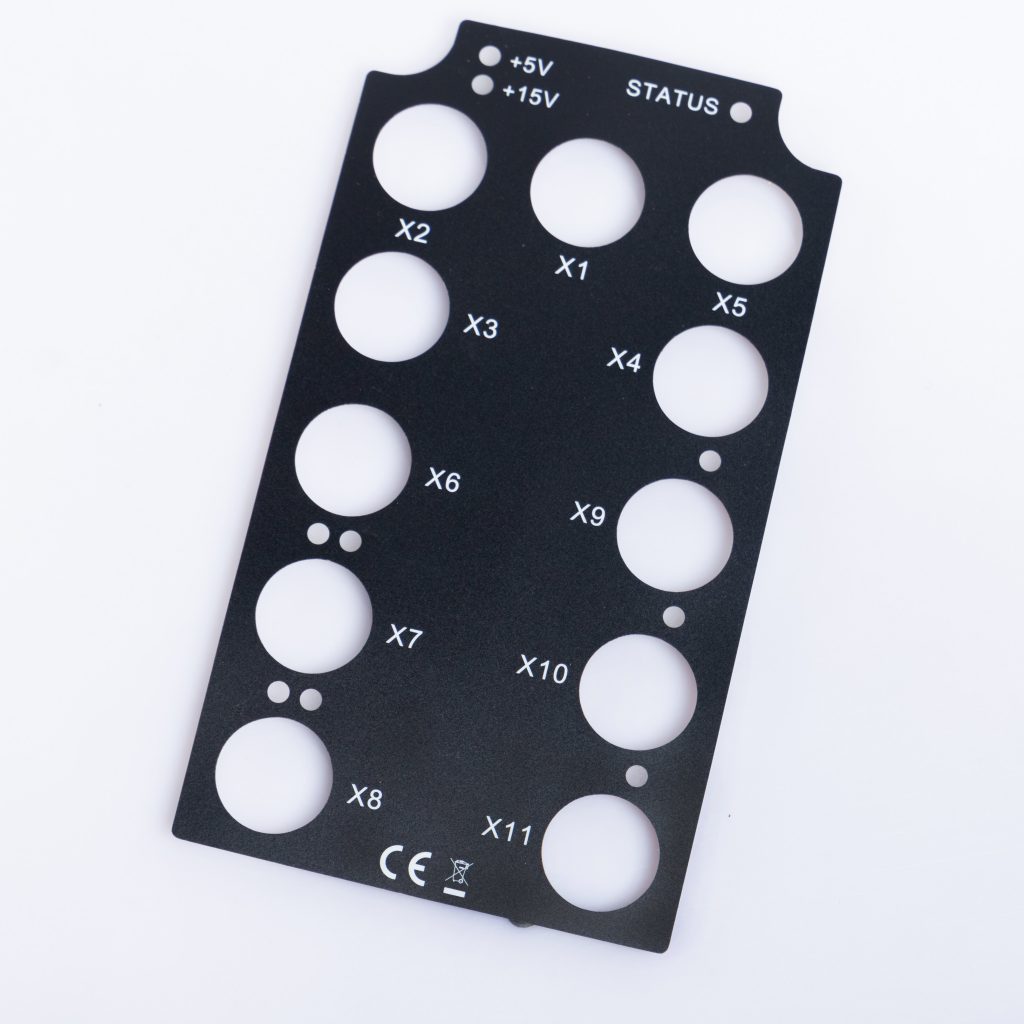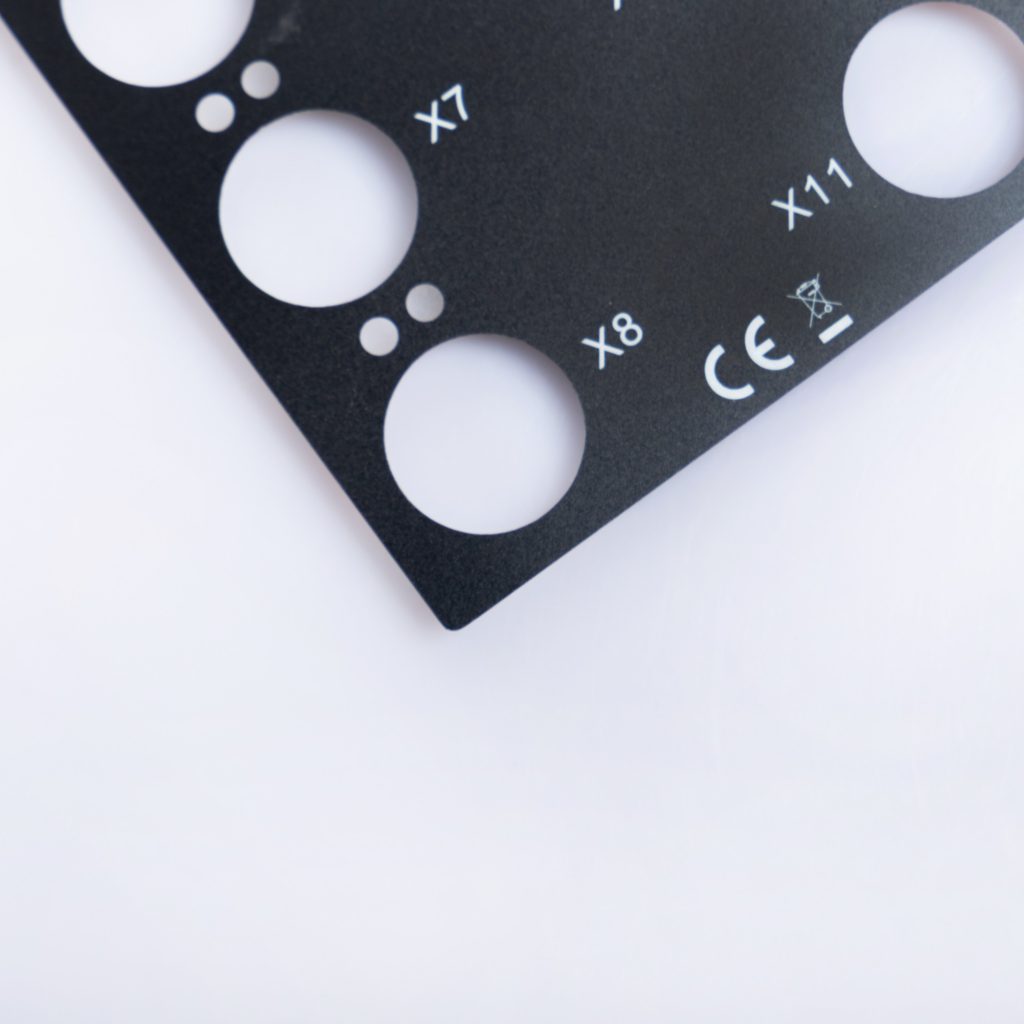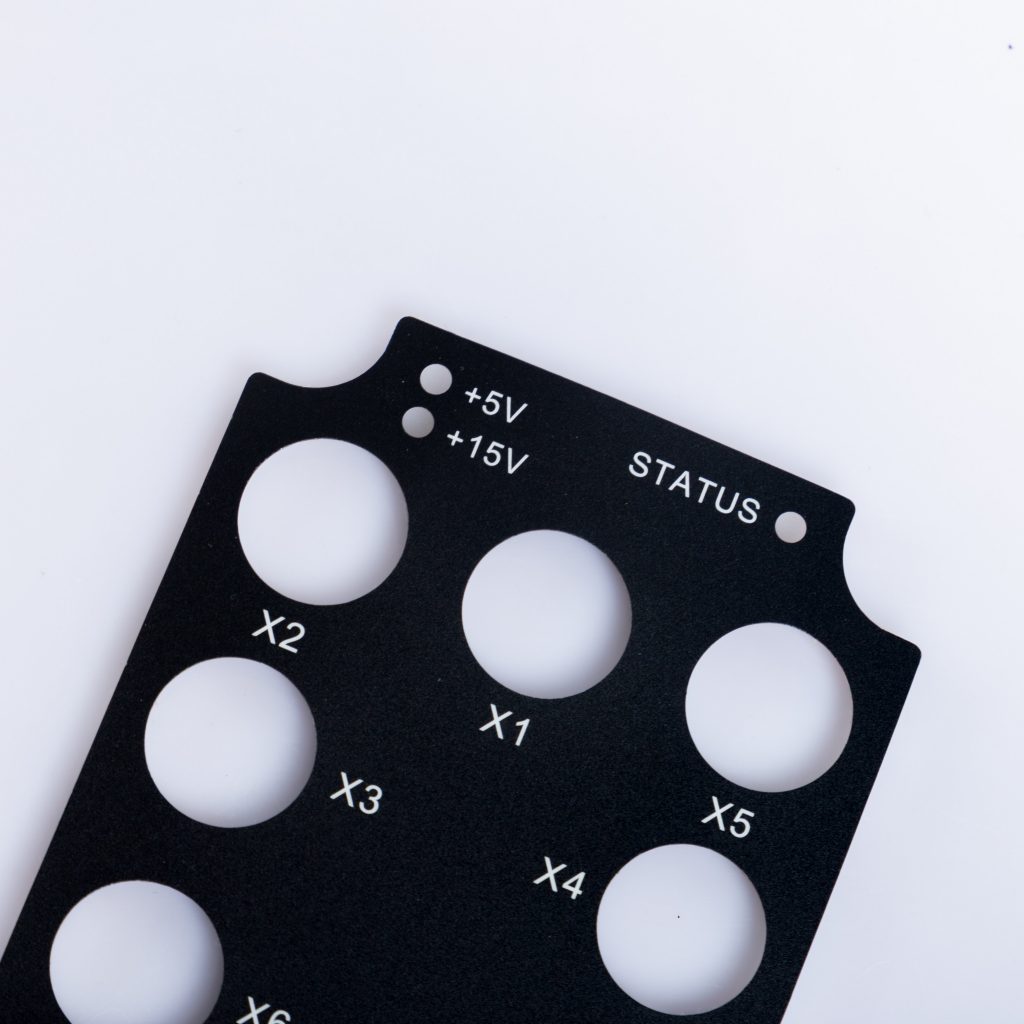Contact
Write to Us And We Would Be Happy to Advise You.
Do you have any questions, or would you like to speak directly with a representative?
By hqt
Graphic overlays play a crucial role in various industries, providing users with an intuitive interface and enhancing the overall user experience. These overlays are often found in devices such as control panels, medical equipment, industrial machinery, and consumer electronics. To ensure their effectiveness and durability, it is essential to understand the technological requirements of graphic overlays. This article dives into the world of graphic overlays, exploring the necessary features, design considerations, and material options to create overlays that meet the demands of modern applications.



Aesthetic appeal is an important aspect of any graphic overlay. Users are drawn to visually pleasing designs that are easy to navigate. The overlay should effectively convey information, guide users, and represent the brand or product accurately. Employing captivating colors, clear typography, and appealing graphics can significantly enhance the visual appeal of a graphic overlay.
Graphic overlays are subjected to various environmental factors and physical stress. Therefore, they must possess exceptional durability and resistance to ensure a long lifespan. Resistance to abrasion, chemicals, UV radiation, and extreme temperatures are crucial factors to consider during the design and material selection process. Additionally, overlays should be able to withstand repeated button presses and intense usage without wearing out.
A seamless user interaction is paramount for a successful graphic overlay. The overlay should be responsive to touch, provide tactile feedback, and accurately register user inputs. Incorporating features such as embossed buttons, capacitive touch sensors, and backlighting can greatly improve the overall user experience.
The information displayed on a graphic overlay should be easily readable, even in challenging conditions. Optimal contrast between text and background, appropriate font sizes, and clear symbols or icons contribute to the clarity and legibility of the overlay. Considering the viewing angle and potential glare is crucial to ensure the information remains easily accessible to the user.
Different applications require unique graphic overlays. The ability to customize overlays to suit specific needs is essential. Customizable options may include variable sizes, shapes, colors, and printing techniques. This flexibility allows manufacturers to create overlays that seamlessly integrate with their product designs.
Each application has its own set of requirements, and the graphic overlay design should align with these specific needs. Consider the purpose of the overlay, the environment it will be used in, and the target audience. Understanding these factors will help in creating an overlay that optimizes functionality, durability, and user experience.
Human factors engineering focuses on optimizing the interaction between humans and machines. When designing a graphic overlay, it is important to consider the ergonomic aspects and ensure that it is comfortable and intuitive to use. Proper button placement, suitable tactile feedback, and logical grouping of functions contribute to a user-friendly design.
The choice of materials significantly impacts the durability and performance of a graphic overlay. Common materials include polyester, polycarbonate, and vinyl. Each material has its own unique characteristics, such as resistance to abrasion, chemicals, and UV radiation. The selection should be based on the specific requirements of the application.
Printing techniques play a vital role in achieving high-quality graphics and ensuring durability. The most commonly used printing methods for graphic overlays are screen printing and digital printing. Screen printing offers excellent color opacity and durability, while digital printing allows for intricate designs and customization.
In applications where visibility is crucial, such as low-light environments or dark spaces, backlighting and illumination can greatly enhance the usability of a graphic overlay. Integrating backlighting techniques like LEDs or fiber optics can provide clear visibility and aid user interaction.
Polyester is a popular material choice for graphic overlays due to its exceptional durability and resistance to abrasion and chemicals. It offers good dimensional stability and can withstand harsh environments. Polyester overlays can be screen printed, allowing for vibrant colors and precise graphics.
Polycarbonate overlays provide high impact resistance and excellent clarity. They are known for their exceptional resistance to UV radiation, making them suitable for outdoor applications. Polycarbonate overlays can be customized using screen printing or digital printing techniques.
Vinyl overlays are cost-effective options that offer good durability and flexibility. They are resistant to moisture and chemicals, making them suitable for various applications. Vinyl overlays can be screen printed or digitally printed, allowing for customization and vibrant graphics.
Acrylic overlays provide a balance between durability and visual clarity. They offer good resistance to chemicals and UV radiation. Acrylic overlays can be screen printed or digitally printed, ensuring high-quality graphics and customization options.
Metal overlays are known for their robustness and ruggedness. They provide excellent resistance to extreme temperatures, abrasion, and chemicals. Metal overlays are typically etched or engraved to create precise graphics and symbols.
When designing a graphic overlay, it is important to consider visual appeal, durability, user interaction, clarity, and customizability. These factors ensure that the overlay meets the technological requirements and enhances the user experience.
Polycarbonate overlays are an excellent choice for outdoor applications due to their exceptional resistance to UV radiation and impact. They provide durability and clarity, making them suitable for various environments.
Yes, graphic overlays are widely used in medical equipment. They provide a user-friendly interface, facilitate easy operation, and can be designed to meet the strict requirements of the medical industry.
Digital printing is ideal for intricate designs on graphic overlays. It allows for high-resolution graphics, detailed designs, and customization options. However, screen printing is also suitable for simpler designs and offers excellent durability.
Backlighting provides illumination to graphic overlays, making them visible in low-light conditions or dark environments. It improves the readability of the overlay and aids user interaction, especially in situations where visibility is crucial.
Yes, graphic overlays can be customized to suit specific requirements. Manufacturers can choose from various options such as size, shape, color, printing techniques, and material selection to create overlays that seamlessly integrate with their product designs.
Meeting the technological requirements of graphic overlays is essential for creating durable, functional, and user-friendly interfaces. The key features, design considerations, and material options discussed in this article provide a comprehensive understanding of the factors to consider when designing graphic overlays. By carefully selecting materials, employing suitable printing techniques, and incorporating customization options, manufacturers can create overlays that enhance the overall user experience and withstand the demands of modern applications.
Do you have any questions, or would you like to speak directly with a representative?